If you want to get the most out of a camera, one discussion you'll come across sooner or later is whether to shoot in RAW or JPEG. Here we'll look at what that actually means, the benefits that can be had by shooting RAW, along with some of the drawbacks. We'll also think about the times to consider shooting RAW, and when you'll be best off still shooting JPEG.
What is RAW?

When a digital camera is used to take photos, those images need to be saved as files which can then be used by other devices. Out-of-the-box most cameras (and smartphone cameras) are set to shoot images as JPEG files, and as such the chances are most people have already come into contact with photo files ending in .JPG.
However, while JPEGs are widely used, they feature a lot of compression and therefore are never going to offer the best possible quality. This is where RAW comes in, with these files offering access to all of the information which was captured by the image sensor.
In simple terms, RAW files give users the ability to make full use of their camera's image sensor, where JPEGs throw away some data in order to be smaller, faster and easier to use. This means both file types have their place depending on what is being shot, and for what purpose.
Most modern cameras above entry-level point-and-shoots are able to capture RAW images. It's also worth noting that different camera manufacturers use their own RAW formats, so your camera could shoot its RAW files as .NEF, .CR2 or .ARW, depending on whether it's a Nikon, Canon or Sony (other cameras may also have other RAW formats).
What are the benefits of shooting RAW?
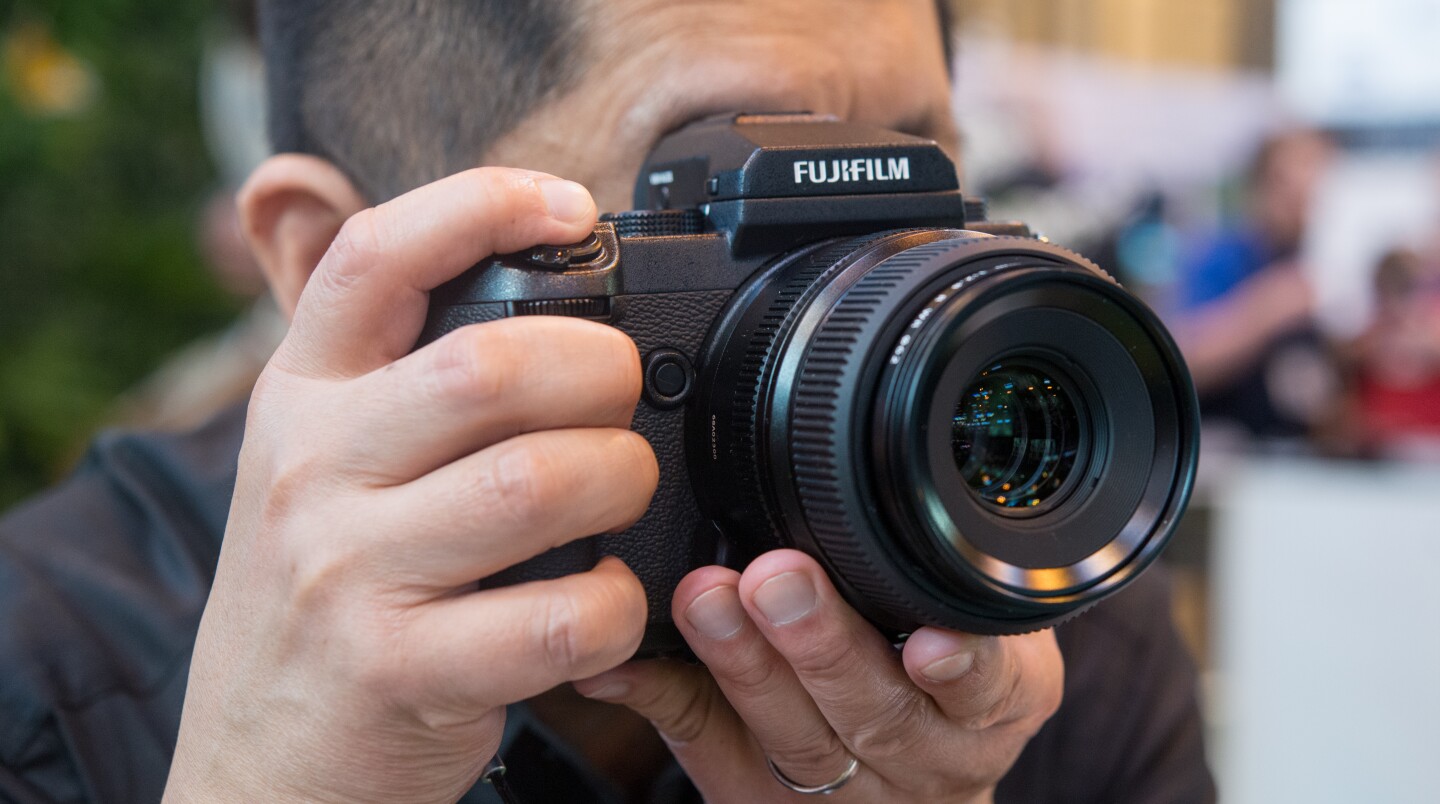
Because RAW files can contain all of the information captured by an image sensor (along with metadata) they give a photographer more data to play with in post-processing, and the potential to produce higher quality images. For those of us old enough to remember, they can be thought of as a bit like the digital equivalent of film negatives, while JPEGs are that of instant prints.
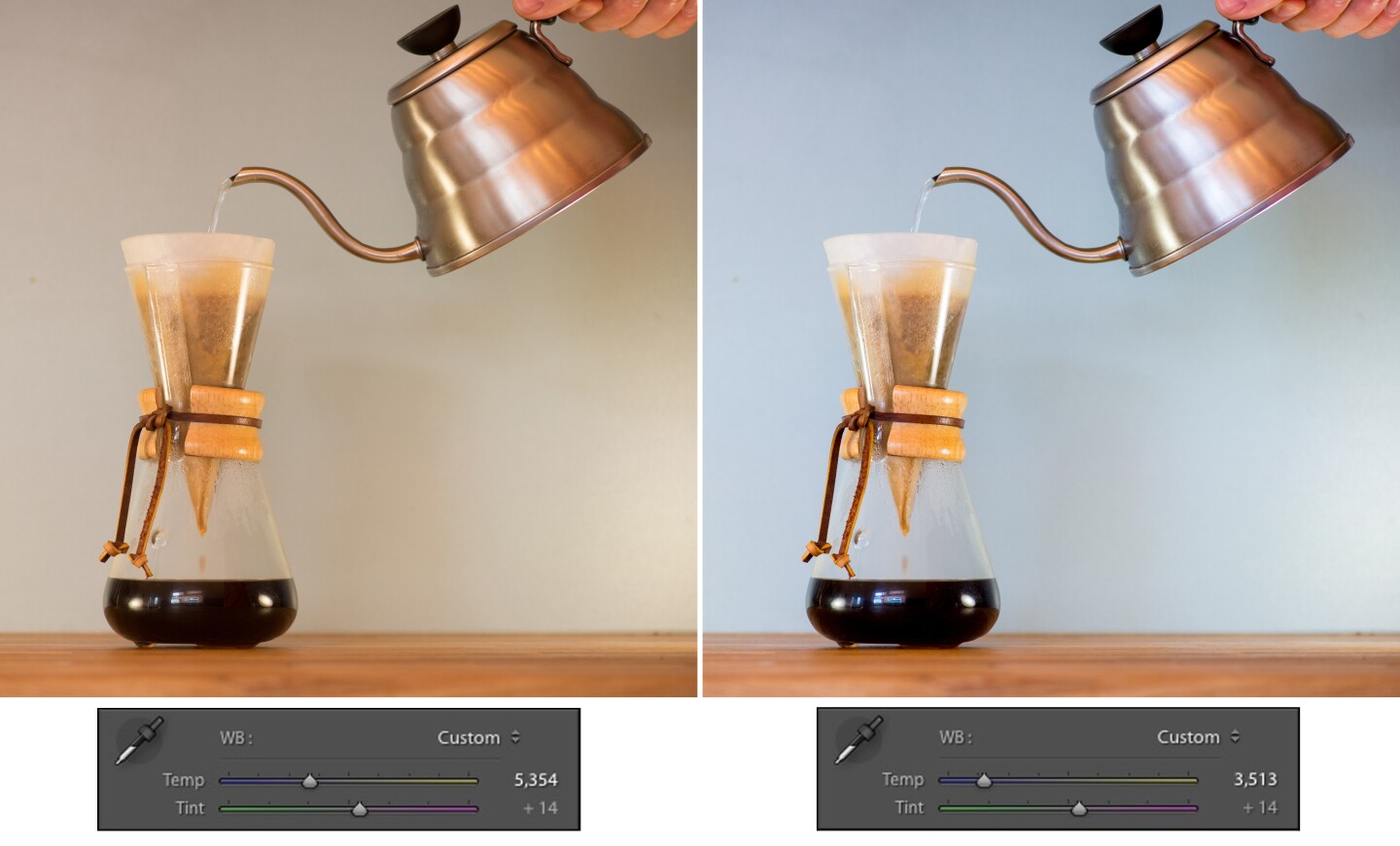
Unlike JPEG images which are processed for things like white balance, tone and sharpening in-camera at the point of shooting, RAW files are intended to be processed after the fact. This means that while a JPEG might look better than a RAW file of the same shot straight out of the camera, the RAW file can be used to match or better the JPEG in post-processing.
When processed using software such as Adobe Lightroom, users can make adjustments to RAW files which would not be possible with a JPEG file. While JPEGs can be processed, they can't be manipulated to the same degree. Having access to the full dynamic range information captured by the camera's sensor means users can better correct highlights and shadows in images, as well as alter the white balance of RAW files.
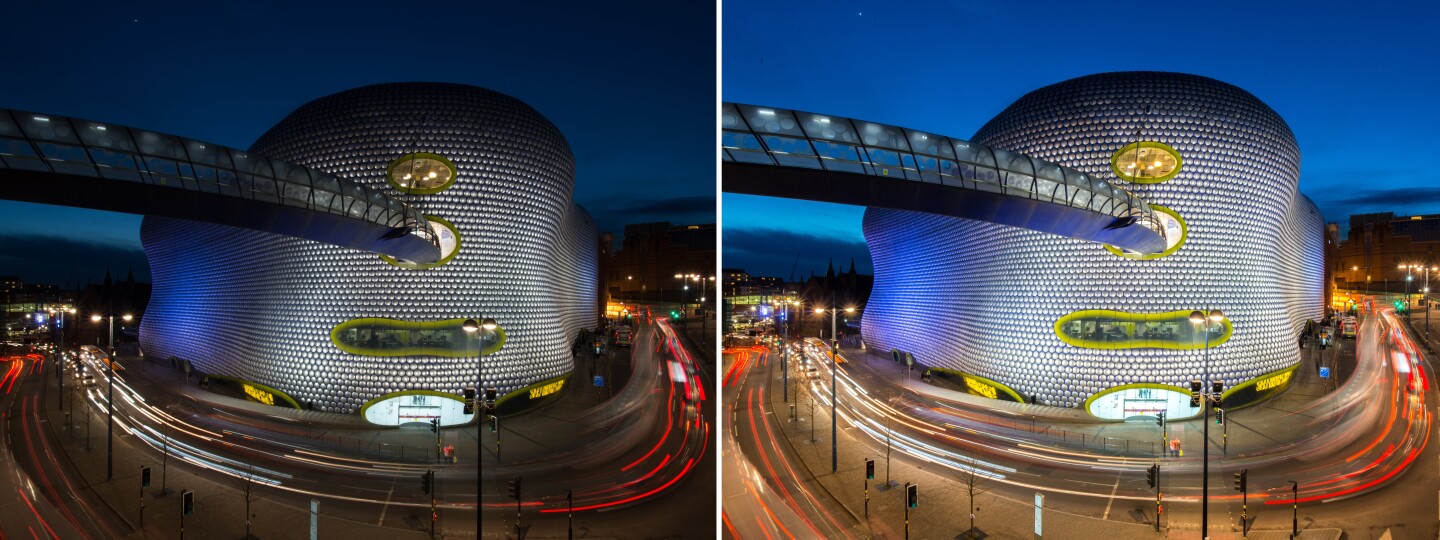
RAW files are also considerably better than their JPEG counterparts when it comes to making adjustments to levels of noise or sharpening. These edits are non-destructive, meaning that users also retain the original file with all of the image data.
What are the drawbacks of shooting RAW?
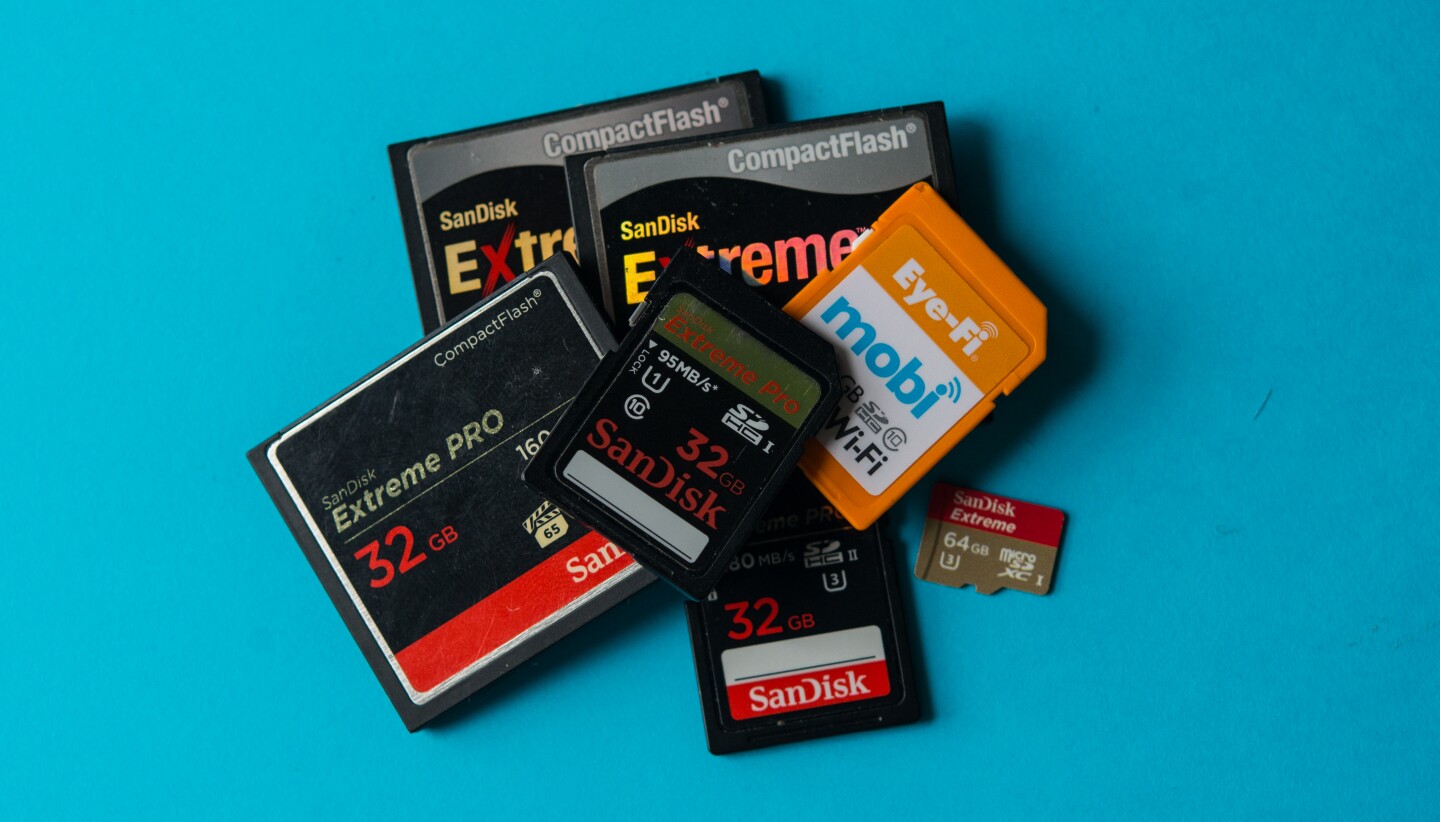
Given RAW files contain so much more information than JPEGs it shouldn't come as a surprise that they are larger too. Sometimes monstrously so. In fact, RAW files can often be three to 10 times the size of the same shot saved as a JPEG. As a result you might find that the burst speed of a camera is slower when shooting RAW, or that its buffer fills up faster.
This size drawback also means photographers will likely need to give some thought to memory cards and computer storage if always shooting RAW. For users who like the post-processing flexibility of RAW files, but not the file size, some cameras shoot different sizes of the format by changing the resolution.
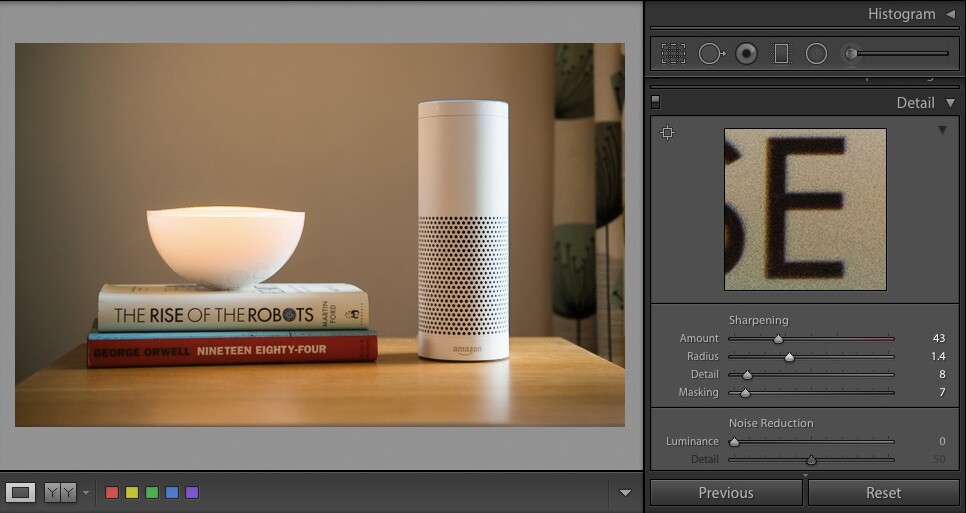
There's also the extra time it takes to process RAW files. This can be time-consuming, especially if there are a large number of shots to import, and means there's more software you need to learn how to use. This process is necessary because you can't generally share straight to websites or print RAW format images, instead you'll need to export RAW shots to more user friendly files once they have been processed.
How to shoot and use RAW

Starting to shoot RAW is as simple as turning the mode on in the cameras settings, normally in an image quality menu. You'll generally have the option to shoot all images in RAW, all in JPEG, or both at the same time which will give two versions of each image. RAW files themselves can come in a variety of options with users choosing between 12-bit or 14-bit, and then compressed or uncompressed RAW. As you'd expect, this alters both the file size and amount of color and image information stored, but all will give the potential to produce much better images than JPEG files.
Once the RAW settings have been selected, you simply use the camera in the same way as you have done previously when shooting JPEG, and things only change when it comes to editing images after they have been imported to a computer or smart device.

Because RAW files are not a standard image file like JPEGs, which can be read by almost any device, they need to be viewed and processed with software like Adobe Lightroom or Snapseed. You'll probably find that your camera came with software for processing its RAW files too, like Canon's Digital Photo Professional, or Nikon's Capture NX.
When the RAW files have been imported, you might then initially question whether it was the right decision to start shooting RAW as the images can look "flat" compared to the JPEGs you're used to importing. Don't worry, this is just because the images haven't been processed yet.

Though it will take a little while to learn how to edit RAWfiles to make the most of them, simple adjustments to things like exposure, saturation, tone, highlights and shadows should soon have them looking better than the equivalent JPEGs. These changes are normally just a case of moving a slider in the menu. There's also the possibility of using presets to make changes (a bit like Instagram filters) which can be a good way to get started processing RAW files, and give a consistent look to your photos.
Once the images have been processed to look as you want, they can then be exported into more usable files. This will typically be either JPEG or TIFF and allows easier sharing, uploading and printing from most computers.

While archiving the RAW files will take up more computer storage than the processed JPEGs, it gives users the option of returning to these files at some point in the future to process them in another way, there's less which can be done with the exported JPEG files. RAW files from 10 years ago could, for example, be processed with new software to give better results than was possible at the time.
Summary

How you shoot, and what settings you use, are very-much up to you. But hopefully we have helped give an idea of how and why shooting RAW files might help improve your photographs. That said, RAW is not for everyone all of the time, if you need to share images very quickly, shooting JPEG could be the best bet. This is why many professional news and sports photographers predominantly shoot JPEG (though sometimes along with a RAW backup).
Despite the ability to make image adjustments to white balance, or recover highlights or shadows, shooting RAW should also not be seen as a get out of jail free card for bad photography techniques and exposure. Instead, it's best thought of as a way of making the most of your camera, a well-shot JPEG is most-often still going to be better than a badly exposed RAW which has been "fixed" in processing.
If this article has been useful, you might also want to check out our previous guides to getting out of auto, such as our guide to the buttons and modes on a camera, aperture, shutter speed, ISO, the exposure triangle and focusing modes.















